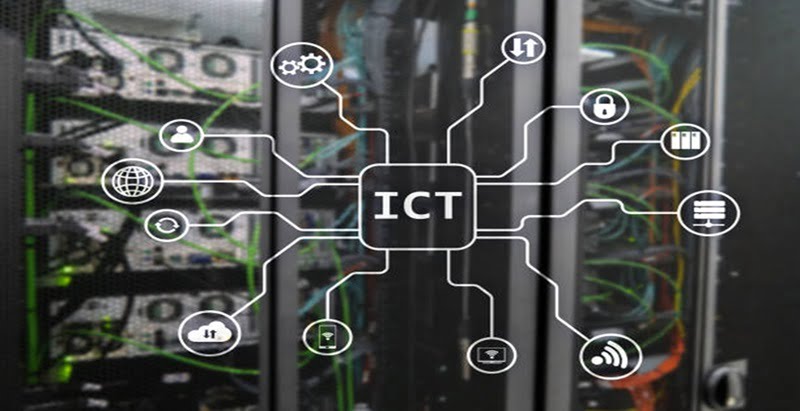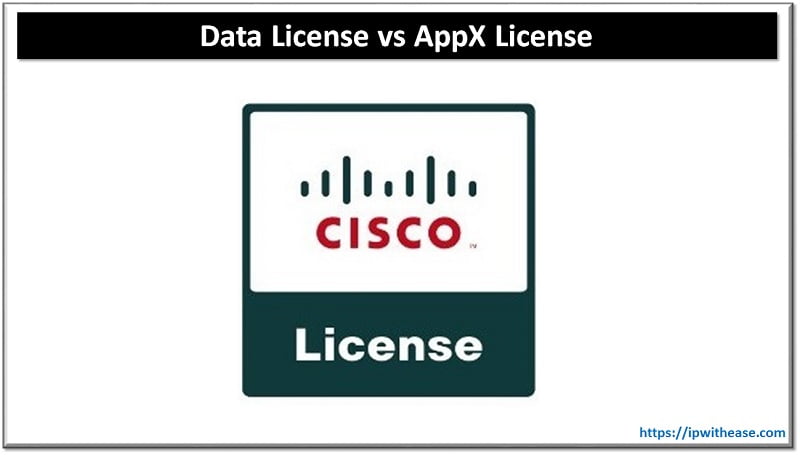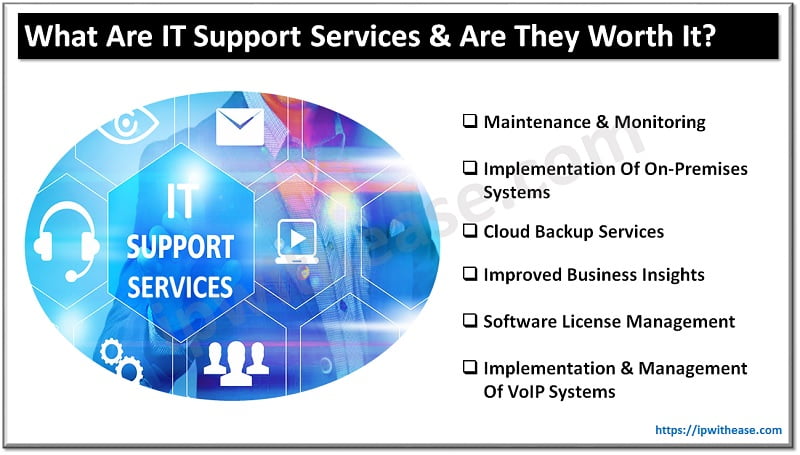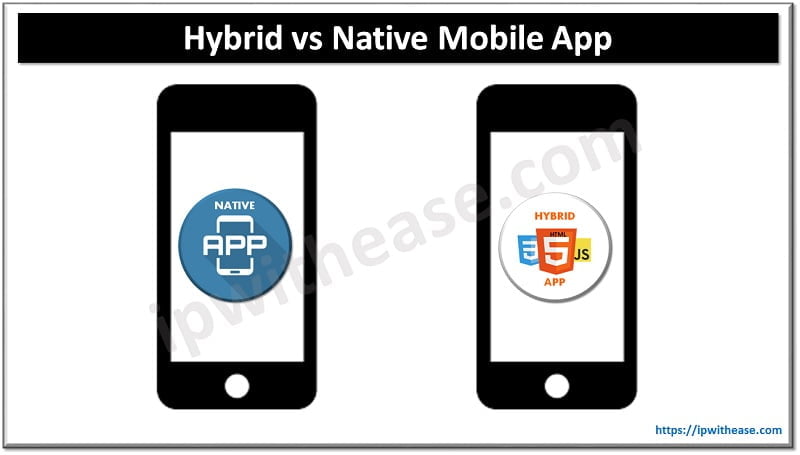Table of Contents
The integration of the Internet of Things (IoT) with advanced networking solutions and Information and Communication Technology (ICT) represents a significant leap forward in modern technology. This convergence facilitates seamless communication between devices, enhances data processing capabilities, and drives innovation across various industries. As we delve deeper into the technical aspects of IoT integration with networking solutions and ICT advances, it becomes evident that this synergy is pivotal for the future of technology and its applications.
The Foundation of IoT Integration
IoT integration involves connecting a multitude of devices to the internet, allowing them to communicate and share data. This process requires robust networking solutions and ICT infrastructure. Networking solutions provide the necessary connectivity, while ICT advances offer the tools for data processing, storage, and analysis. The integration of these technologies enables real-time data exchange, improved decision-making, and automation.

Networking Solutions: The Backbone of IoT
Networking solutions form the backbone of IoT integration. They include wired and wireless technologies, protocols, and standards that ensure seamless connectivity and data transfer between IoT devices. Some key networking technologies involved in IoT integration are:
- Wi-Fi: A ubiquitous wireless networking technology that provides high-speed internet connectivity. Wi-Fi is commonly used in homes, offices, and public spaces, making it an essential component of IoT networks.
- Bluetooth: A short-range wireless technology that enables communication between IoT devices. It is widely used in wearable devices, smart home systems, and industrial applications.
- Zigbee and Z-Wave: Low-power, short-range wireless protocols designed for IoT applications. These technologies are often used in smart home systems for device communication and control.
- Cellular Networks: Including 4G and 5G, cellular networks offer wide-area coverage and high-speed connectivity for IoT devices. 5G, in particular, is poised to revolutionize IoT integration with its low latency and high bandwidth capabilities.
- LPWAN (Low-Power Wide-Area Network): Technologies like LoRaWAN and NB-IoT provide long-range connectivity with low power consumption, making them ideal for applications like smart agriculture, environmental monitoring, and asset tracking.
Related: How to Build an IoT System? Design & Principles
ICT Advances: Enhancing IoT Capabilities
Information and Communication Technology (ICT) advances play a crucial role in enhancing IoT capabilities. ICT advances like Grupo Vision encompasses a wide range of technologies, including cloud computing, edge computing, artificial intelligence (AI), and big data analytics. These technologies enable efficient data processing, storage, and analysis, driving the value of IoT integration.
Cloud Computing
Cloud computing provides scalable and flexible infrastructure for storing and processing large volumes of data generated by IoT devices. By leveraging cloud services, organizations can access computational resources on demand, enabling real-time data analysis and decision-making. Cloud platforms also offer IoT-specific services, such as device management, data ingestion, and analytics, simplifying the integration process.
Edge Computing
Edge computing brings data processing closer to the source, reducing latency and bandwidth usage. By processing data at the edge of the network, IoT devices can respond to events in real-time, improving efficiency and reliability. Edge computing is particularly beneficial for applications requiring low latency, such as autonomous vehicles, industrial automation, and smart healthcare systems.
Artificial Intelligence and Machine Learning
AI and machine learning (ML) algorithms enable advanced data analysis and predictive analytics in IoT systems. By applying AI/ML techniques to IoT data, organizations can uncover valuable insights, detect anomalies, and automate decision-making processes. For example, AI-powered predictive maintenance can reduce downtime and operational costs in industrial settings by identifying potential equipment failures before they occur.
Big Data Analytics
Big data analytics involves processing and analyzing massive datasets generated by IoT devices. Advanced analytics tools can extract meaningful patterns and trends from this data, providing actionable insights for businesses. For instance, in smart cities, big data analytics can optimize traffic management, energy consumption, and public services, improving overall urban efficiency and sustainability.
Challenges and Solutions in IoT Integration
Despite the significant benefits of IoT integration, several challenges must be addressed to realize its full potential. These challenges include:
Interoperability
Interoperability is a critical challenge in IoT integration, as devices from different manufacturers often use diverse protocols and standards. Ensuring seamless communication between heterogeneous devices requires adopting common standards and protocols, such as MQTT, CoAP, and OPC UA. Industry consortia and standardization bodies are working towards developing interoperable frameworks to address this issue.
Security and Privacy
IoT devices are often vulnerable to cyberattacks, posing significant security and privacy risks. Protecting IoT systems requires implementing robust security measures, such as encryption, authentication, and access control. Additionally, regular firmware updates and security patches are essential to mitigate vulnerabilities. Privacy concerns can be addressed by adopting data anonymization techniques and ensuring compliance with regulations like GDPR.
Future Trends in IoT Integration
The future of IoT integration is shaped by emerging trends and technologies that promise to enhance its capabilities further. Some key trends include:
5G and Beyond
The deployment of 5G networks is set to revolutionize IoT integration with its high-speed connectivity, low latency, and massive device support. 5G will enable new applications, such as smart cities, autonomous vehicles, and remote healthcare, driving the next wave of IoT innovation. Beyond 5G, research on 6G networks aims to provide even higher data rates, lower latency, and enhanced reliability, further expanding the possibilities of IoT integration.
Artificial Intelligence of Things (AIoT)
AIoT combines AI and IoT to create intelligent systems that can learn from data, adapt to changes, and make autonomous decisions. AIoT applications span various domains, including smart homes, industrial automation, and healthcare. By integrating AI capabilities into IoT devices, organizations can enhance their operational efficiency, improve user experiences, and drive innovation.
Conclusion
IoT integration, powered by advanced networking solutions and ICT, is transforming the technological landscape. The synergy between these technologies enables seamless connectivity, real-time data processing, and intelligent decision-making, driving innovation across various industries. However, addressing challenges such as interoperability, security, scalability, and data management is crucial for realizing the full potential of IoT integration.
ABOUT THE AUTHOR
IPwithease is aimed at sharing knowledge across varied domains like Network, Security, Virtualization, Software, Wireless, etc.



